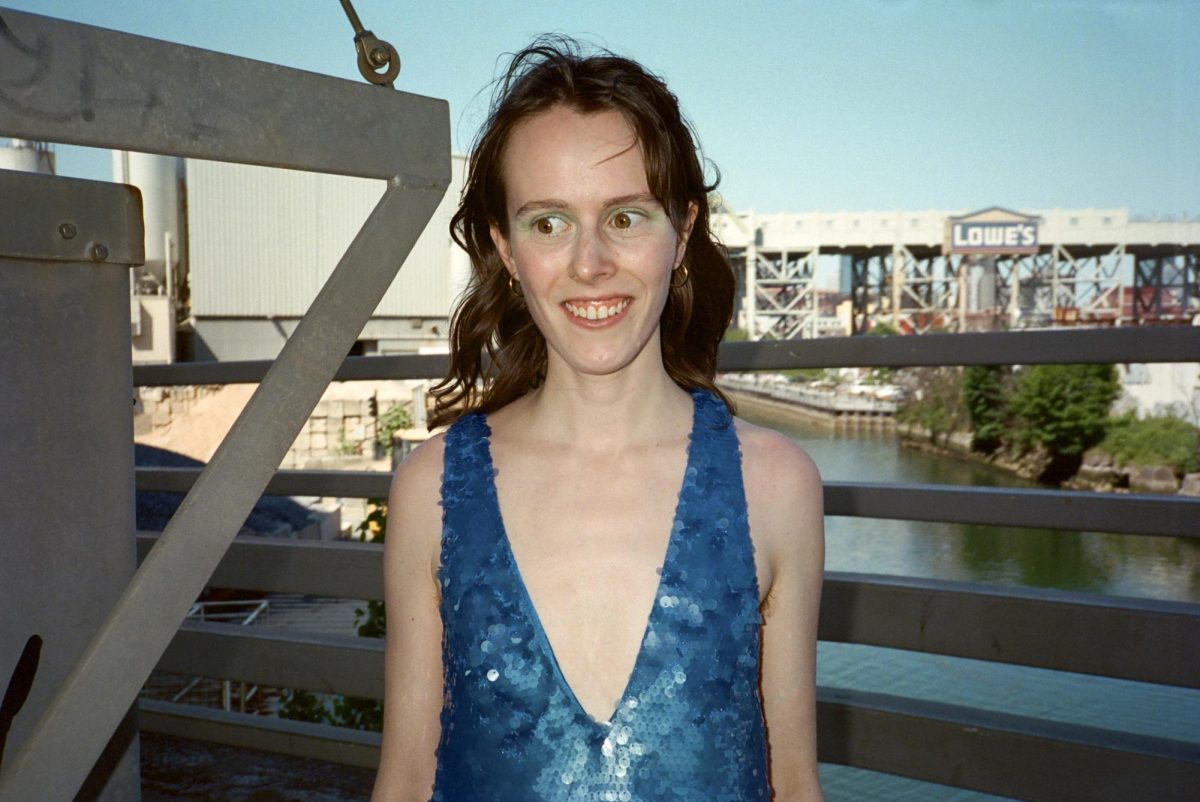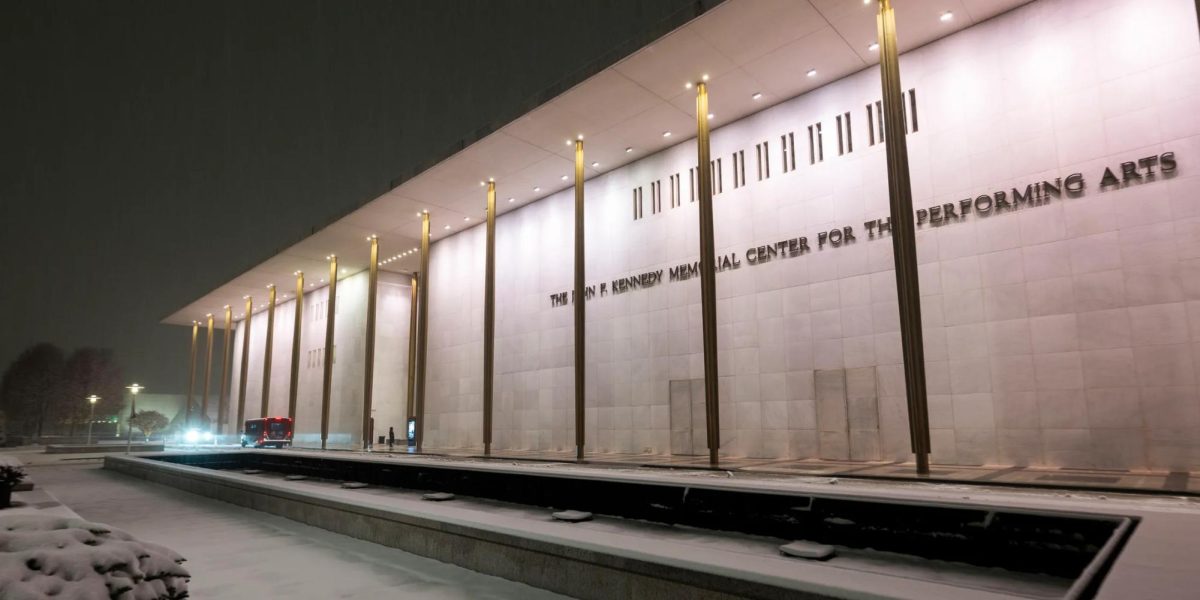In 1958, while Nicholas Ray was working under famed architect Frank Lloyd Wright, he stated that architecture is the backbone of the arts. This principle would influence the many filmmakers that followed him — Martin Scorsese, Jean-Luc Godard, and Wim Wenders, to name a few — but there may not be a director who understands this better than Francis Ford Coppola, a man who has repeatedly committed financial suicide to perfect the look of his films. Today, the now 85-year-old auteur gives us what could be his final vision of art, presenting architecture as cinema.
Megalopolis has been a dream of Coppola’s for 50 years, falling apart twice and being revived again in 2019. Set in a place called New Rome, an amalgamation of New York City and the Roman Empire, the film makes a point of being unknowable. Editing techniques of the silent era are smashed together with uncanny CGI and deep, rich colors that seem to shift in tone with each scene, creating an amorphous and timeless experience unlike any other. It’s his most ambitious project since One from the Heart (1982) and most deeply weird since Youth Without Youth (2007). The final result is an imperfect, earnest bid to preserve the future of cinema that is simultaneously egoless and completely full of itself.
Cesar Catalina (Adam Driver) is an architect and tortured genius who is equal parts Catiline and Coppola. He dreams of building his city, Megalopolis, to save New Rome from its self-destructive excess. He plans to do this with his gooey, living building material and ability to stop time when he feels like it, a power that attracts the attention of socialite Julia Cicero (Nathalie Emmanuel). His jealous cousin, Clodio Pulcher (Shia LaBeouf), seeks to destroy him no matter what, eventually getting into fascist politics.
Driver portrays Cesar as a deceitful beast, at once the smartest man in the room and the most lost — a performance that anchors us in Coppola’s madhouse of sex, drugs, and art. As he gets closer to building his utopia, the film unravels, becoming messier and overstuffed with ideas. For the most part, it works shockingly well. It is not unaware of its pretentiousness — characters speak classically, quoting Shakespeare and famous philosophers at random, but in the next second their rhetoric and cadence are nearly identical to the empty words of modern politicians. It’s a balancing act that intentionally loses its footing in the second half, almost drowning in its own absurdity.
This absurdity and humor keep the film from coming off as cynical or stupid. Characters like Hamilton Crassus (Jon Voight), Cesar’s obscenely wealthy and eccentric uncle, and Wow Platinum (Aubrey Plaza), a sultry reporter who schemes to take over New Rome, are sprinkled throughout the film as both comedic relief and a way to make the world feel fuller. Coppola is not interested in holding our hand through his worldbuilding; there are statues that walk, the police are always beating down vagrants, and characters use devices with functions that are never explained.
However, it’s the supposed emptiness of those details that lends itself to Megalopolis’ ultimate point. The entire movie is about the growth and preservation of art, the process of making art, and the ways it can make little sense and drive creators insane. It makes the point that art can’t be done entirely alone; in a film full of allusions to Roman history, it can’t be a coincidence that the two people leading Megalopolis’ creation make “Julia Cesar” when their names are put together. Cesar puts everything on the line for his vision of paradise — his funds, his reputation, and his relationships — all in one desperate bid to save everything. His current circumstances aren’t what he’s worried about. He just wants a future worth living in. “Don’t let the now destroy the forever,” as he puts it.
All this is to say that, yes, this is a really good movie. It’s rough around the edges, and the hundreds of rewrites are apparent in the final product, featuring a second act that lulls heavily and largely ignores the enthralling, hilarious commentary on the state of modern America that the first act was building up. Some of its silliness loses its balance, messing with otherwise excellent moments, and the ending is a bit of a mixed bag, coming off rushed and almost too neat for such an expansive movie.
However, that ending is necessary, as it acts as Coppola’s final impression on Megalopolis and, perhaps, the world. It’s a hopeful vision — one where this new kind of art can inspire others to keep the future bright. In 2023, Coppola said that one of his biggest regrets was that he “didn’t leave the film industry in a better place for the young people coming now.” Megalopolis is his sprawling, beautiful, and quite pretentious attempt to remedy that, a last gasp of inspiration and pure love for art.











